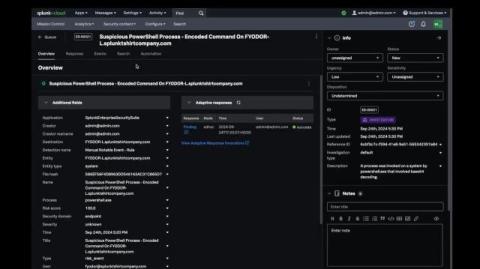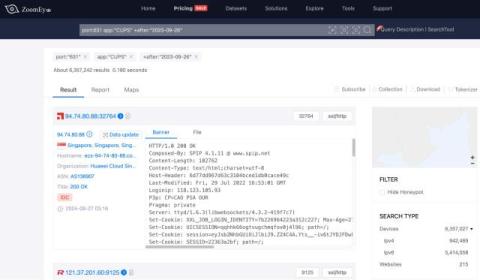Federated Analytics: Analyze Data Wherever It Resides for Rapid and Holistic Security Visibility
Data is everywhere, sprawling across cloud, on-premises, and hybrid environments. As security practitioners, we need fast access to this data to analyze it, draw insights, and uncover potential threats. However, the sheer volume of data and complexity of threats makes it difficult to maintain visibility, detect stealthy attacks, and respond quickly to security incidents.











